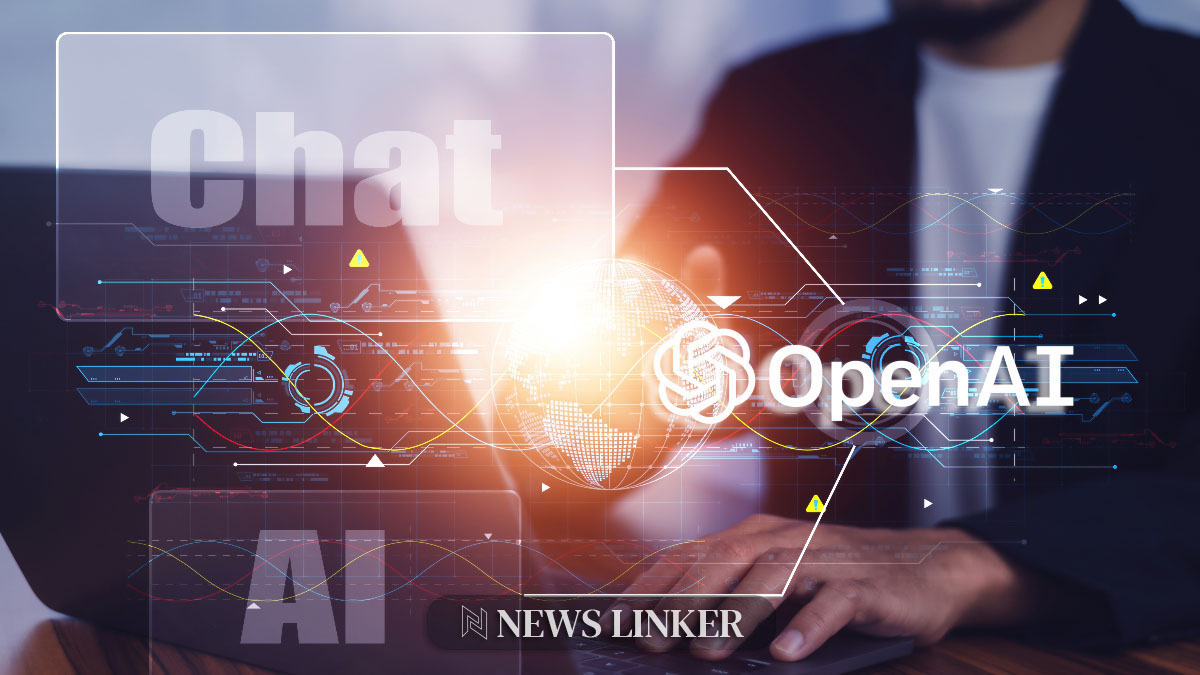OpenAI has recently introduced GPT-4o, an advanced artificial intelligence model, marking a significant development in the AI industry. The new model, known as GPT-4o or “omni,” integrates capabilities across different modalities such as audio, vision, and text, aiming to facilitate a more seamless and intuitive interaction between humans and computers. This multimodal function allows GPT-4o to process and respond to a mixture of input types simultaneously, enhancing user experience by mimicking human-like interactions.
From the outset, the AI technology landscape has evolved rapidly, with previous iterations of generative models focusing predominantly on text and simple visual tasks. OpenAI’s GPT series has been at the forefront of this evolution, and GPT-4o is touted as its most sophisticated model yet. Unlike its predecessors, GPT-4o’s response to audio inputs is notably fast, clocking in at an average of 320 milliseconds, which is on par with human reaction times in conversations. This speed, coupled with its ability to understand non-English languages better, positions GPT-4o as a pivotal upgrade in real-time AI communication.
Moreover, GPT-4o’s efficiency extends beyond mere speed enhancements. The model has been engineered to be 50% more cost-effective compared to previous generations, particularly in API implementations. This cost reduction does not compromise the model’s performance, which remains robust across various languages and coding tasks. The improved capabilities in processing vision and audio inputs also indicate significant advancements over existing models, suggesting a broader range of applications and accessibility for developers and businesses.
The continuous partnership between OpenAI and Microsoft further amplifies the impact of GPT-4o, with Microsoft integrating this model into its Azure AI services. This collaboration not only enhances the model’s accessibility but also its applicability across different sectors including customer service, analytics, and content creation. The integration promises a richer user experience by leveraging the model’s comprehensive capabilities to interpret and respond to complex queries efficiently.
Key Advancements and User Benefits
- Real-time processing of multimodal inputs enhancing interactive experiences.
- Significant cost reductions making the technology accessible to a broader audience.
- Integration with major platforms like Microsoft Azure, expanding its application scope.
Looking forward, the deployment of GPT-4o is set to open numerous avenues for innovation in AI interactions. Its ability to handle complex inputs with improved efficiency and at reduced costs can lead to significant advancements in how businesses and developers utilize AI technology. The iterative rollout of GPT-4o, with features being introduced in stages, ensures that each aspect of its functionality is optimized for user needs, making advanced AI more attainable and practical for everyday applications.
Ultimately, the introduction of GPT-4o by OpenAI reflects a significant stride towards realizing the full potential of AI in enhancing human-computer interactions. This model not only promises to make technology more intuitive and efficient but also more inclusive, by supporting a wider range of languages and input types. As GPT-4o continues to evolve and integrate into various platforms, its impact on the technological landscape is expected to grow, paving the way for more innovative and effective solutions in AI applications worldwide.










